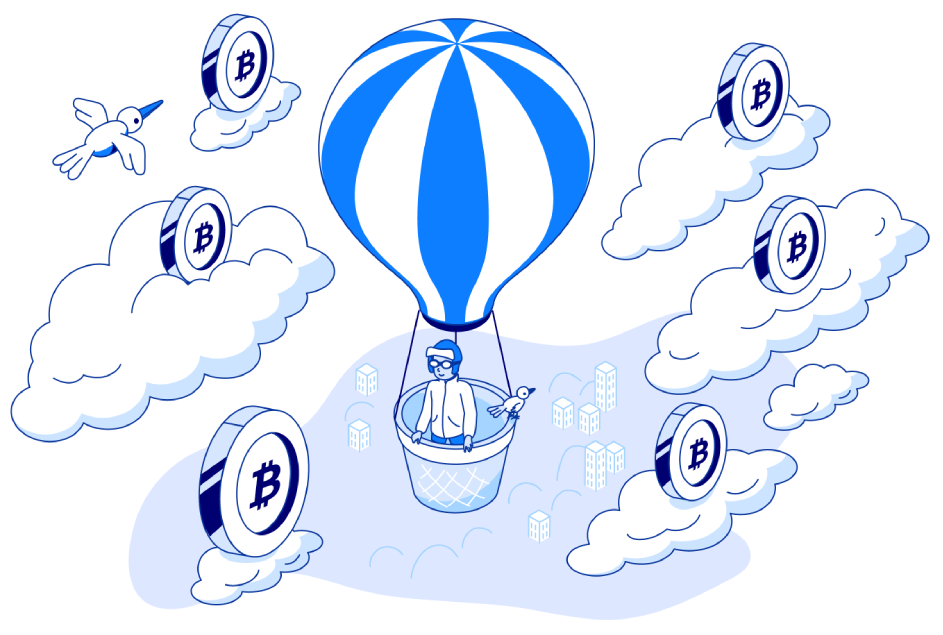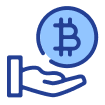

Coinmama makes buying bitcoin simple, safe, and smooth:
 Create Your Account
Create Your Account
 Get Verified
Get Verified
 Buy Uniswap and Crypto
Buy Uniswap and Crypto


24/7 Support
Got a question? Just ask the fastest and friendliest customer service team in the industry

Trusted by millions
Serving millions of happy customers worldwide since 2013

Buy Uniswap and crypto
Coinmama offers a variety of the most popular digital assets

Payment options
A host of convenient payment methods

Fast Delivery
Place your order and have your UNI delivered in minutes

Security
We maintain the highest standards of security so our customers can rest easy
Ready to invest in DeFi and join the Uniswap community? UNI is the governance token of Uniswap, a decentralized trading platform for tokens built on Ethereum (ERC20 tokens). With this crypto asset, you can earn interest by depositing it into liquidity pools – plus have your say on how one of Defi’s biggest platforms is run.
Uniswap is particularly popular among cryptocurrency traders who use Ethereum as it is one of the few exchanges that allow users to buy and sell Ethereum-based tokens, directly without having to convert them to Bitcoin or another cryptocurrency first.
Remember, when buying Ethereum on Uniswap, it’s important to do your research and understand the risks involved. Cryptocurrency markets are volatile, and prices can fluctuate rapidly, so invest wisely.
Buying UNI has never been easier. With Coinmama, you can buy UNI from the comfort of your home or even via your phone while you are on the go! Our industry-leading customer service is available 24/7 to make your purchase simple, smooth, and secure.
So, what are you waiting for?
Explore your options and buy cryptocurrencies like Bitcoin, Ethereum, Loopring, and many more!